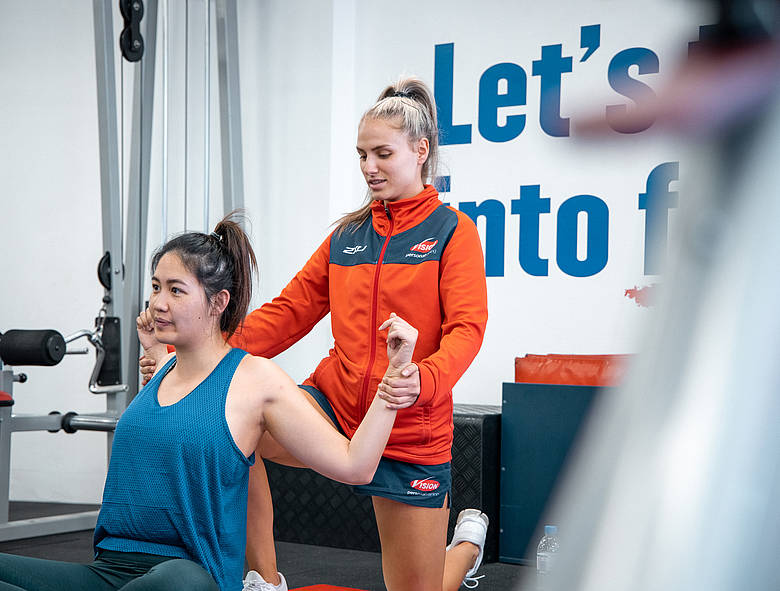In the pursuit of overall health and well-being, flexibility training often remains overlooked, regardless of age. Neglecting flexibility exercises can lead to reduced mobility, an increased risk of injury, and limitations in day-to-day activities. Incorporating flexibility training into one's routine can unlock numerous health benefits, promoting a higher quality of life.
1. Understanding the Significance of Flexibility Training
Flexibility serves as the cornerstone of movement and holds immense importance throughout life. Despite misconceptions that limit its reach to athletes or yoga practitioners, flexibility exercises benefit individuals of all backgrounds. Even dedicating a few minutes daily to stretching can yield substantial improvements in overall flexibility.
2. Debunking Misconceptions
There are common misconceptions surrounding flexibility training that hinder its adoption. Some believe it's time-consuming or only for those who are naturally flexible. However, this form of exercise doesn't demand significant time commitments and offers benefits to everyone, regardless of their current flexibility levels.
3. Health Benefits of Flexibility Training
- Enhanced Mobility: Stretching exercises combat stiffness in joints and muscles, enabling freer movement and facilitating everyday activities.
- Reduced Injury Risk: Improved flexibility lowers the likelihood of strains, sprains, and other injuries, vital for maintaining a resilient body.
- Better Posture and Balance: Regular stretching contributes to proper alignment, balance, and reduced risks of falls.
- Pain Alleviation: Stretching alleviates muscle tension, leading to relaxation and a reduction in discomfort.
- Improved Joint Health: Flexibility exercises maintain joint health by preserving their range of motion, aiding in arthritis prevention and management.
4. Starting a Flexibility Routine
Starting a flexibility routine doesn't require extensive knowledge or time commitments. Simple stretches integrated into daily life, such as stretching during breaks or performing basic yoga poses, can initiate the journey. Focusing on major muscle groups and holding stretches for approximately 30 seconds, without overstretching or bouncing, is key.
Conclusion
Flexibility training remains integral for overall health and well-being, regardless of age or fitness level. Incorporating regular flexibility exercises into daily routines offers improved mobility, reduced injury risks, and an overall enhanced quality of life. Embracing flexibility exercises today is an investment in a healthier, more mobile tomorrow.

